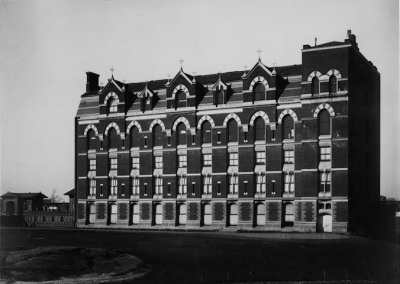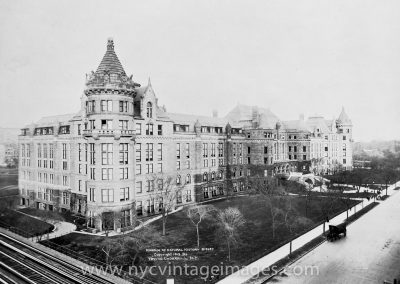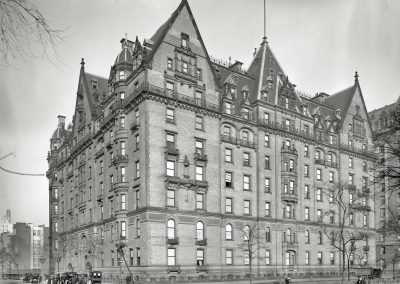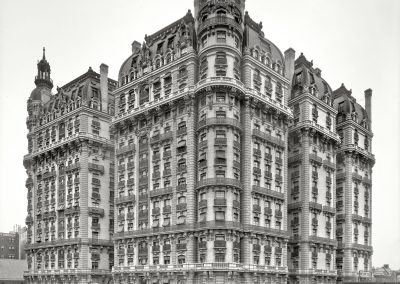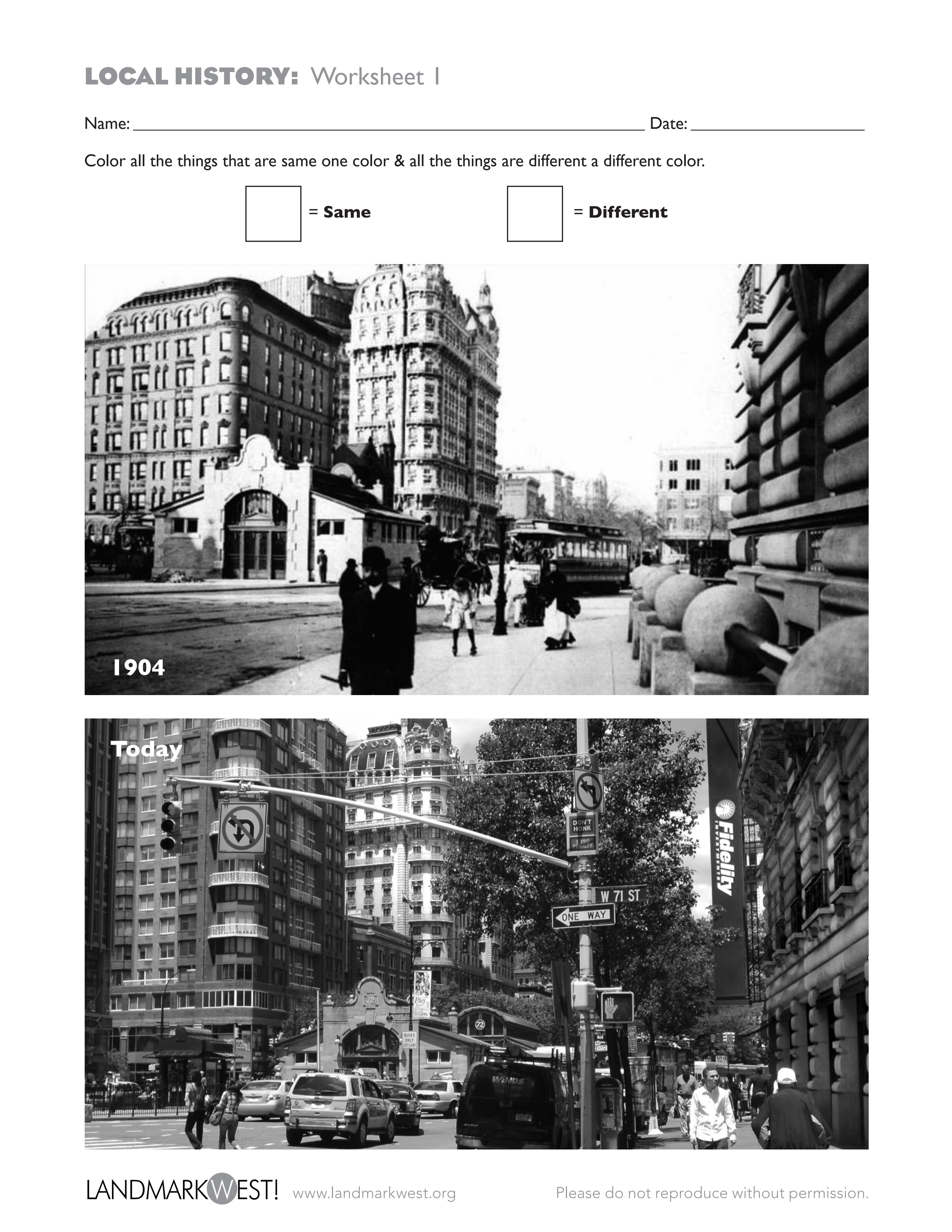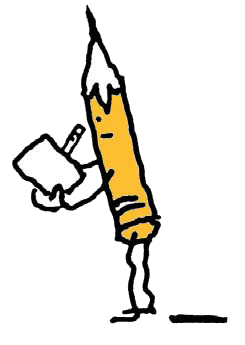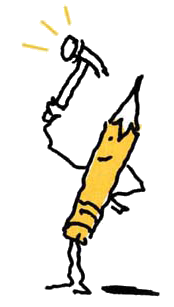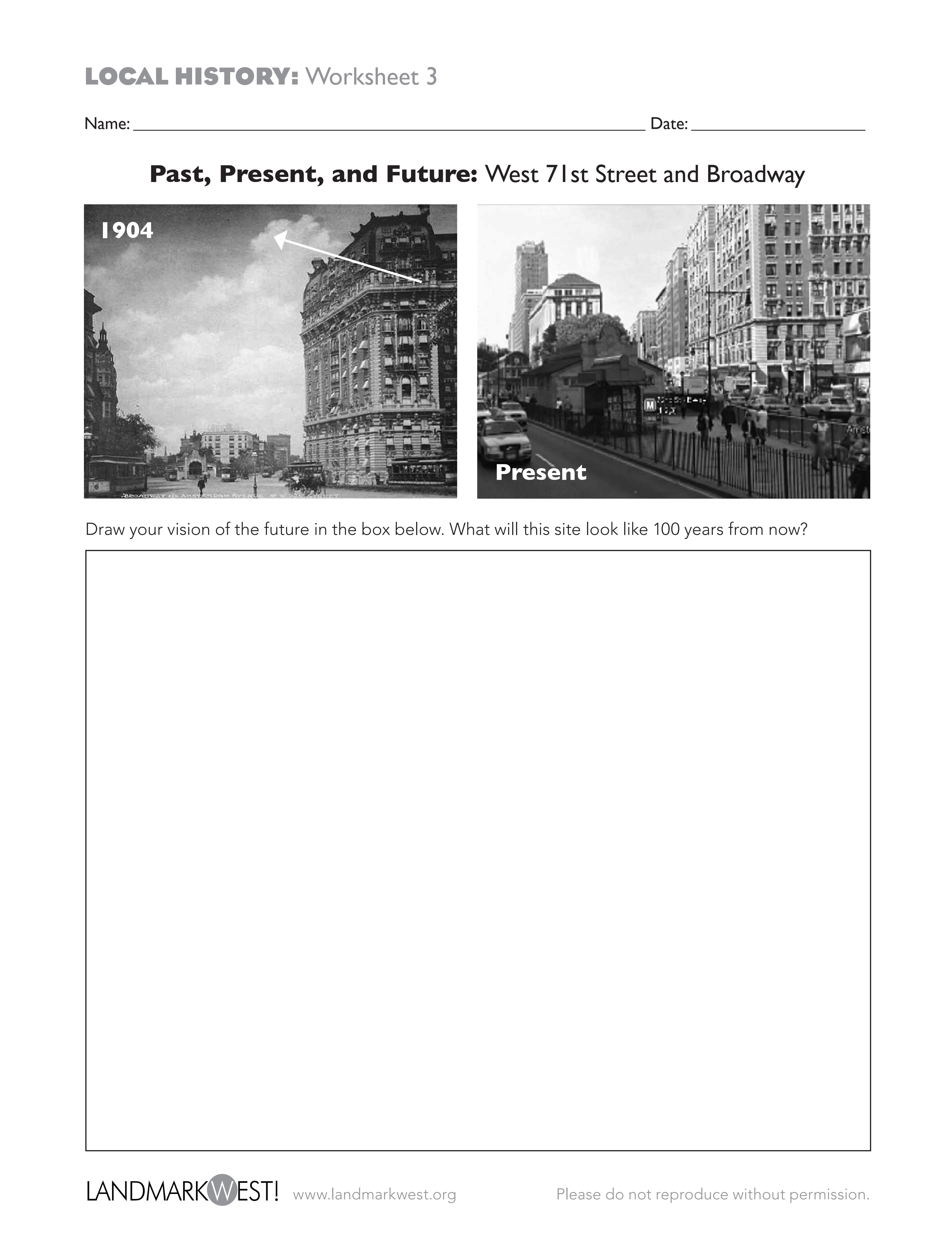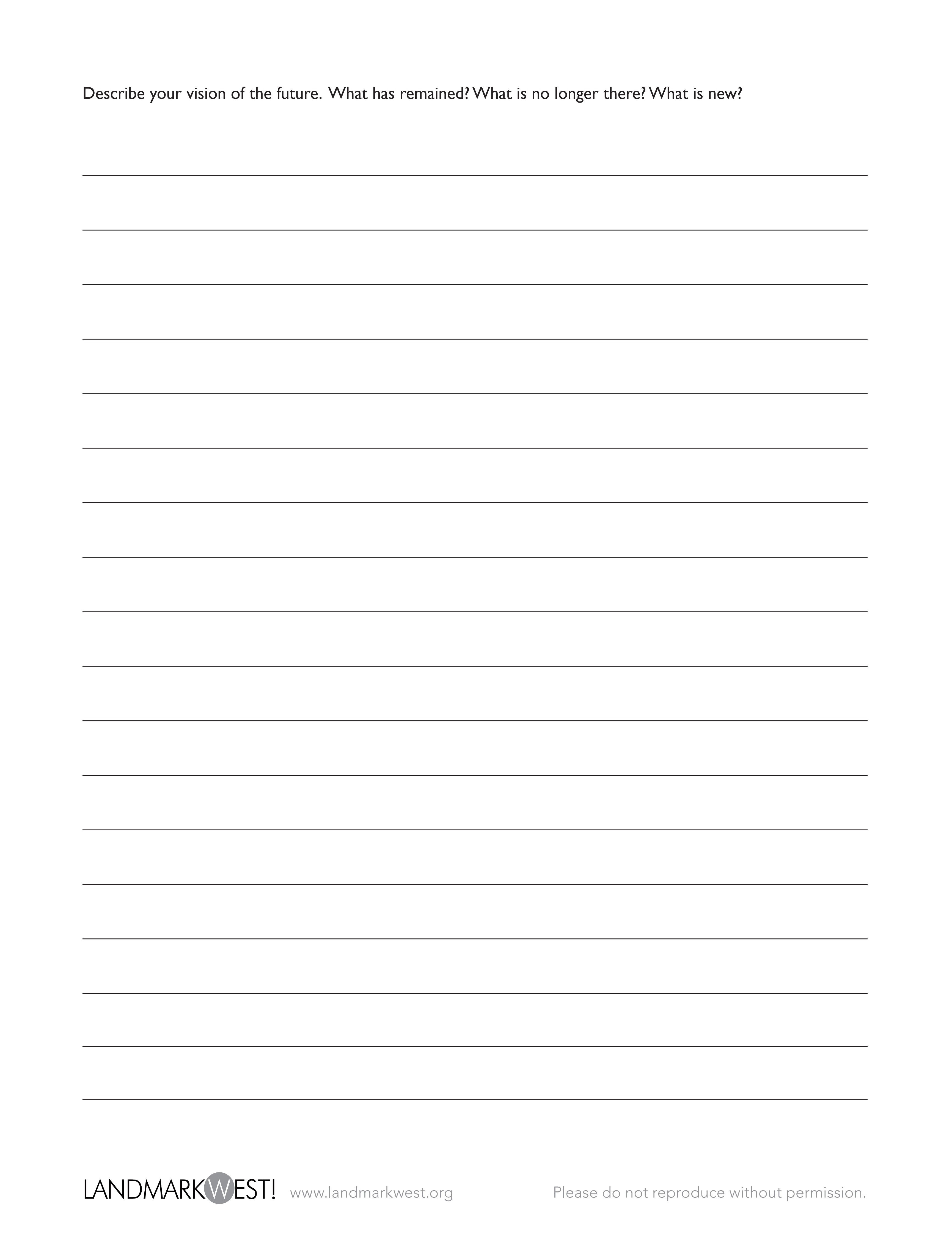KPF@HOME
Local History DetectivesOver the past 200 years, the Upper West Side has changed so much. In the past, it looked very different to your neighborhood today. Can you imagine what it must have been like before there were trains, cars, sidewalks, and apartment buildings?
Look at the pictures below of your streets in the past, then move the slider to see what they look like today. What are the biggest differences that you see?
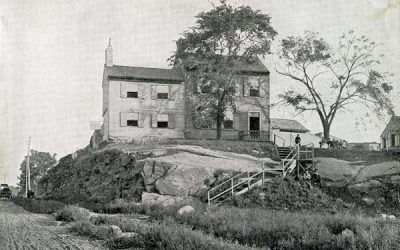
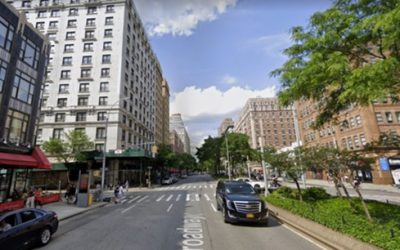
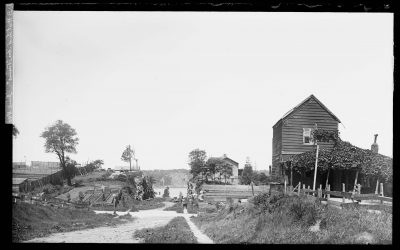
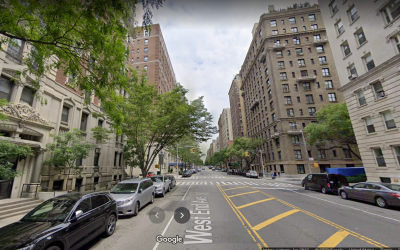
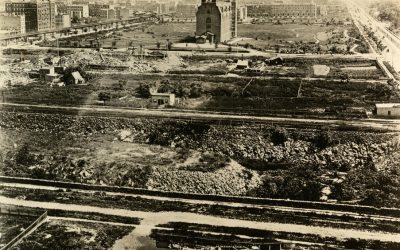
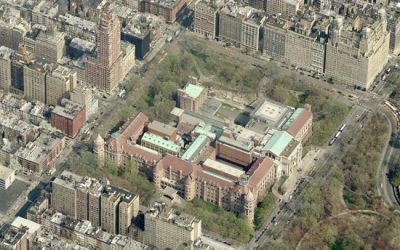
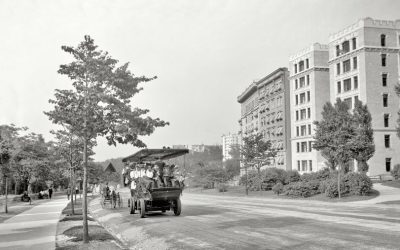
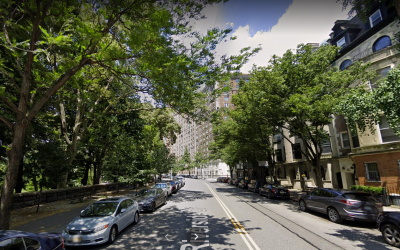
It wasn’t until 1852 that the Upper West Side was considered to be part of New York City. The land was mostly countryside and farmland. So what changed?
First, the construction of the 9th Avenue El train in 1871 let more people move the Upper West Side. The El was an elevated train line whose tracks rose high above Columbus Avenue. What would it have been like to walk underneath these tracks?
Lots of people who live on the UWS today use public transportation like the subway to get to school, to work, and anywhere else they want to go. It was the same for people in the past! In 1904, the city built the subway stop at Broadway and 96th Street, part of the first underground line in all of New York City. When was the last time you took the train?
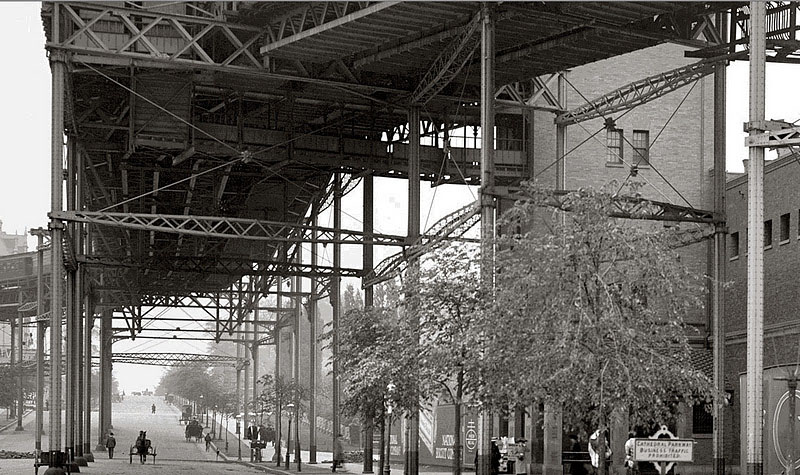
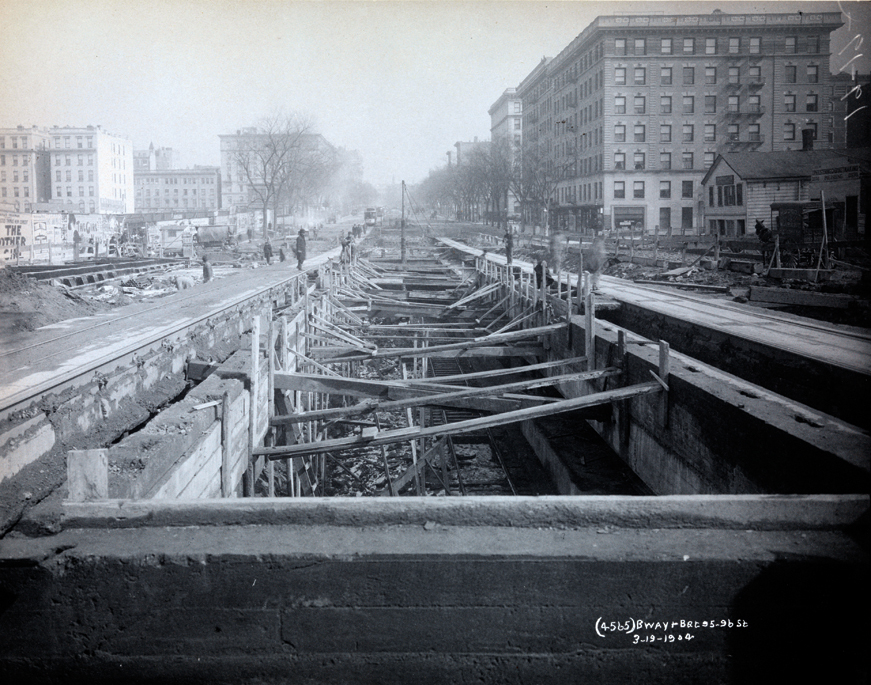
The building of Central Park also made a big difference! It was (and still is) the biggest park in Manhattan, and was designed by two men named Frederick Law Olmstead and Calvert Vaux. They thought that lots of people would want to live near a big park, and they were right.
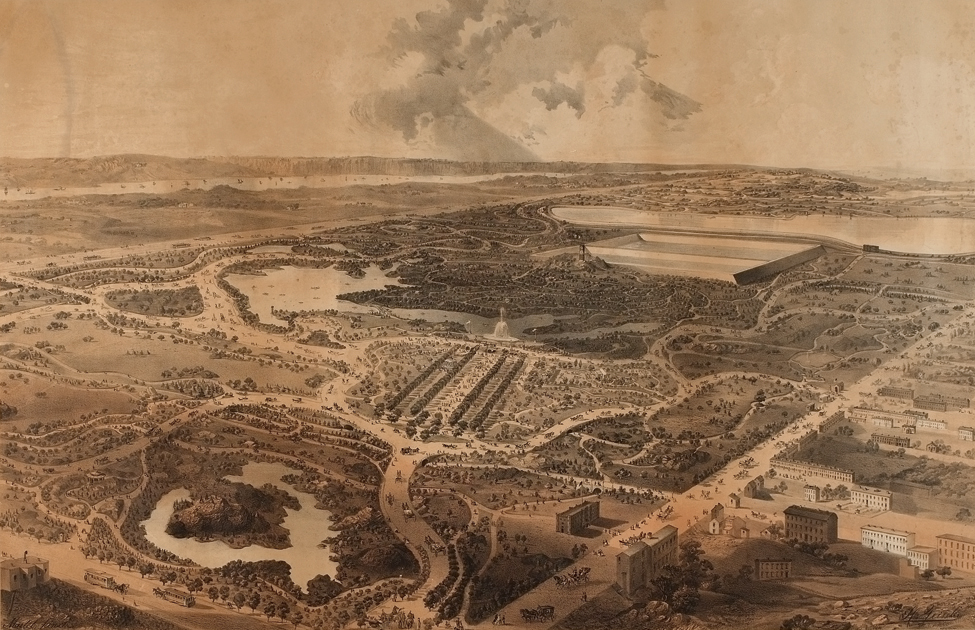
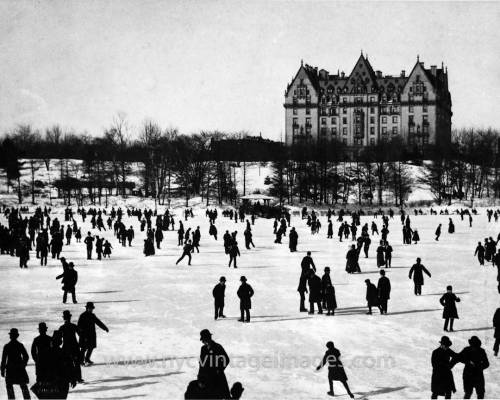
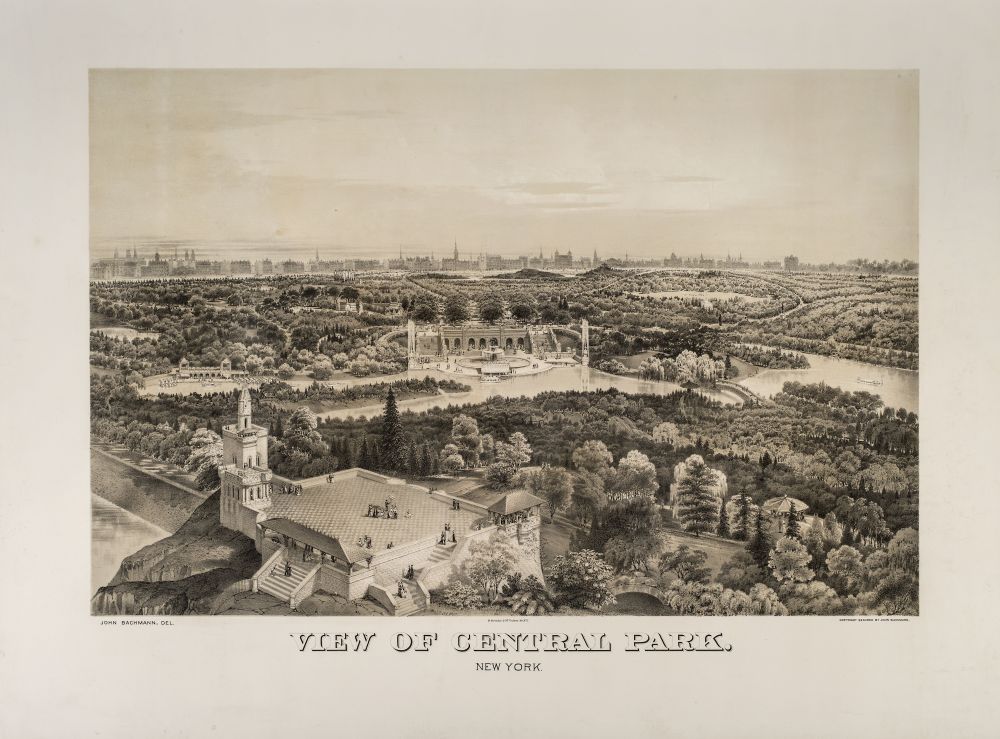
Next, the American Museum of Natural History was built in 1874. This museum originally was just one building overlooking Central Park and was the first museum on the Upper West Side. After it opened, lots of people started moving uptown to be near such a special cultural institution, and it only got bigger and bigger as the years went on.
Later, people began to build brownstones and big apartment buildings for all of these new families. There was a population explosion! What do you think that means? (Hint: there were a LOT of people who moved here in a short amount of time!) A lot of these big and elegant apartment buildings are still around today, like the Dakota and the Ansonia on Central Park West.
Activities
Color the Past and the Present Worksheet
Imagine the Future WOrksheet
Check Out Our Other KPF Kids Programs
Neighborhood Explorers
Discover all of the different pieces that make up your community! Learn all about the buildings where people live, eat, and shop while imagining your dreams for the future.
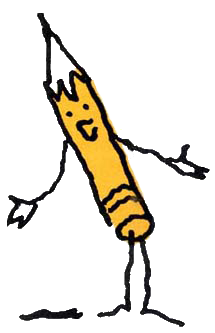
Building Detectives
Let’s learn all about a special type of building called a brownstone! Create and draw your own buildings while learning about their parts, decorations, and history.
Acknowledgements
KPF is made possible by the contributions of Council Members Helen Rosenthal and Mark Levine, as well as the New York State Council of the Arts (NYSCA) and the Department of Cultural Affairs (DCLA). With their support, Landmark West’s KPF program offers a suite of seven 3-part courses aligned with the NYC Core Curriculum in Upper West Side public schools for free every year.

